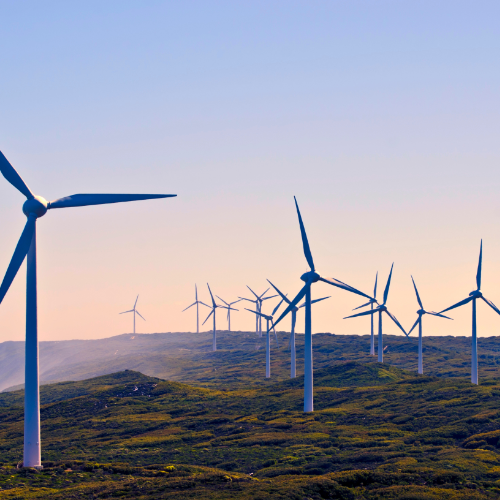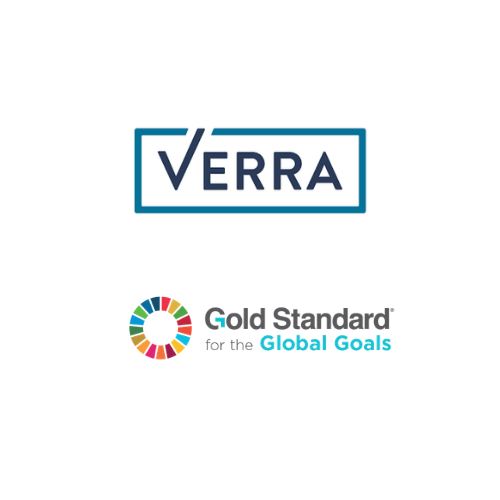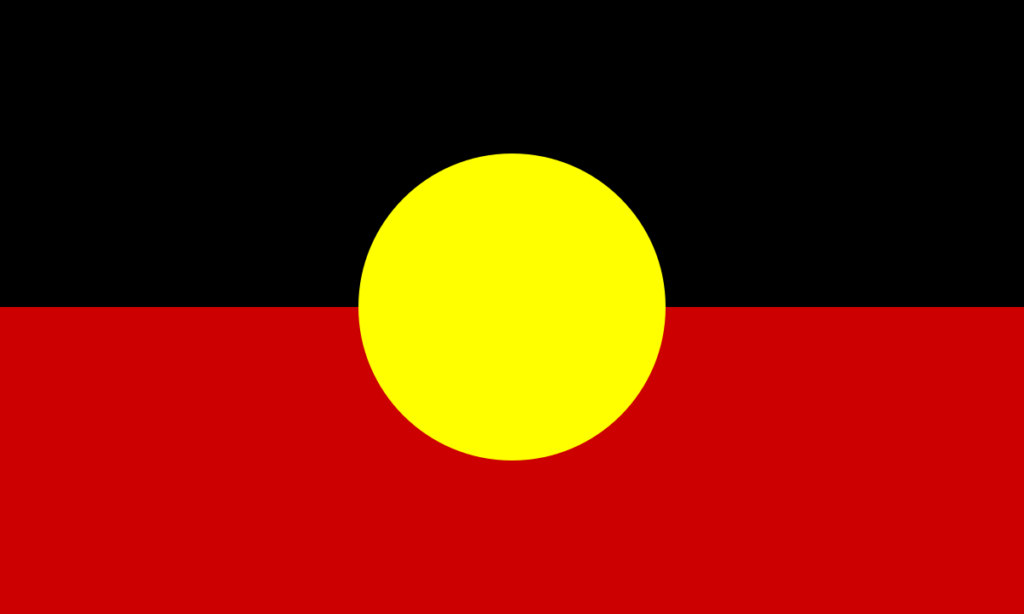CARBON CREDIT CREATION
Generally, richer countries have much higher carbon emissions (and emissions of other pollutants) than lower income countries. The poorest half of the world’s population only contribute about 10% of global carbon emissions, while the richest population contribute about 50% of the emissions. The balance of the emissions are made up by middle income nations.
Read More
Typically, poorer nations and parts of society are much more vulnerable to impacts of climate change (such as poor crop harvests, flooding, hurricanes etc.). To this end, the International Monetary Fund has called for the need to find harsher ways of penalising large emitters, and more expensive carbon credits or credit mechanisms would be some of the ways this could be done.
What are the different ways that carbon credits can be classified?
Carbon credits exist in two different forms. These are:
- From permits – where a person / company that has been issued the permit can generate 1 tonne of carbon dioxide (or its equivalent), as part of the total limit set for them by authorities (this is called capping the limit – as part of an economic trading process called ‘cap and trade’). The company can choose to use or sell these credits to other companies that need the credits instead, depending on their carbon emissions targets
- From projects – where project activities that remove or avoid CO2 through their activities – each credit is worth 1 tonne of carbon dioxide
What does carbon offsetting mean?
Carbon offsetting means the same as buying carbon credits. A company that generates emissions will offset (or replace) these polluting activities by buying ‘spare’ or ‘avoided’ carbon emissions from ‘greener’ projects i.e. projects or activities that are managing to either avoid generating emissions or where their activities actively absorb carbon dioxide from the atmosphere. These kinds of projects include those that grow plants eg. Trees and forests. The amount of carbon that these companies have avoided emitting or that have been absorbed can be sold to the company that is producing the emissions in the first place.
What are some examples of types of carbon offsetting projects?
Carbon offsetting projects can cover a variety of different sectors and at different scales. Examples of carbon offsetting projects include:
- Renewable energy projects e.g. Solar and wind farms.
- The capture and burning of methane eg. Biogas plants, waste to energy in landfills.
- Growing plants of some kind e.g. tree planting. Plants absorb carbon dioxide from the atmosphere and convert this into tree mass, so they are absorbing the carbon dioxide that polluting companies put into the atmosphere.
- Efficiency improvements in industrial activities (eg. Saving energy, cleaner production systems, filtering wastes, saving water, saving fuel, making transport more efficient etc.)
- Technology that reduces emissions from inefficient burning eg. Improved cookstoves in Asia and Africa (more efficient wood and other cookstoves)
What are the different ways that carbon credits can be traded (i.e. what are the different types of carbon markets)?
There are three main ways that carbon can be traded. These are through:
- The Clean Development Mechanism (CDM)
- International Emissions Trading (IET)
- Joint Implementation.
Within these methods, there are two main ways that carbon credits can be traded:
- COMPLIANCE – through compliance markets (with rules, laws and compulsory requirements in terms of what and how much can be traded, set by government).
- VOLUNTARY – Voluntary markets include the buying of credits by companies and individuals that want to offset their emissions, but they are not being forced to do so by official limits and compliance requirements.
What carbon credit certification and checking programs exist?
There are several carbon credit certification programmes and institutions that help to regulate how carbon is traded around the world. These programmes range from those set up by voluntary markets and those set up through compliance markets. Some of the most well-recognised programmes include:
- Climate Action Reserve (CAR) – this is a voluntary carbon offset monitoring institution, that helps third parties that are auditing carbon offset projects.
- Verified Carbon Standard (VCS) – this is the world’s largest voluntary market for trading of carbon credits internationally.
- Gold Standard (GS) – this is the certification method used for projects that get funding from or are a part of the Clean Development Mechanism (CDM) or voluntary emissions reductions.
- American Carbon Registry (ACR) – this is a non-profit organisation based in the USA that has been involved in setting the standards for carbon offset measurements, as well as in verifying carbon offset projects and in tracking the retirement of carbon credits.
What do these certification programs do?
These institutions carry out the necessary checks on each project that claims to be able to sell carbon credits, to validate whether their credits are authentic, valid and correctly calculated.
Issuing carbon credits
Issuing of credits is usually done by institutions and governments, through the certification schemes listed above. It is important to note that a carbon credit can only be issued once. Ownership can be transferred many times but carbon credits can only be retired once.
This is one of the main differences between carbon credits and monetary systems.
Why is it important to have carbon credit certification?
The issuing of carbon credits to individuals and companies needs to be regulated. The carbon markets credibility, like the financial markets is dependent on enforced international standards to maintain certainty and the regulated authenticity of carbon credits which are basically a financial instrument. Unregulated (and therefore suspicious) credits would undermine the main intention for creating carbon credits – to reduce carbon emissions and therefore impacts on climate change worldwide.
How are carbon offsetting projects audited?
Let us take an example of an improved cookstove project being run by a charity or Non-Governmental Organisations (NGO) in Southern Africa. An independent carbon credit auditing company (which will be certified by the abovementioned institutions) will be appointed to check whether the cookstove project is in fact achieving goals of reduced carbon emissions and / or reduced deforestation. Generally, the audits will measure how much wood is used for a certain amount of time cooking, as well as the moisture levels of the wood (which affect how well it burns). These figures will probably be compared to households where no improved cookstoves are being used, so that savings can be calculated.
Read Less



Carbon Credit creation



Generally, richer countries have much higher carbon emissions (and emissions of other pollutants) than lower income countries. The poorest half of the world’s population only contribute about 10% of global carbon emissions, while the richest population contribute about 50% of the emissions. The balance of the emissions are made up by middle income nations.
Read More
Typically, poorer nations and parts of society are much more vulnerable to impacts of climate change (such as poor crop harvests, flooding, hurricanes etc.). To this end, the International Monetary Fund has called for the need to find harsher ways of penalising large emitters, and more expensive carbon credits or credit mechanisms would be some of the ways this could be done.
What are the different ways that carbon credits can be classified?
Carbon credits exist in two different forms. These are:
From permits – where a person / company that has been issued the permit can generate 1 tonne of carbon dioxide (or its equivalent), as part of the total limit set for them by authorities (this is called capping the limit – as part of an economic trading process called ‘cap and trade’). The company can choose to use or sell these credits to other companies that need the credits instead, depending on their carbon emissions targets
From projects – where project activities that remove or avoid CO2 through their activities – each credit is worth 1 tonne of carbon dioxide
What does carbon offsetting mean?
Carbon offsetting means the same as buying carbon credits. A company that generates emissions will offset (or replace) these polluting activities by buying ‘spare’ or ‘avoided’ carbon emissions from ‘greener’ projects i.e. projects or activities that are managing to either avoid generating emissions or where their activities actively absorb carbon dioxide from the atmosphere. These kinds of projects include those that grow plants eg. Trees and forests. The amount of carbon that these companies have avoided emitting or that have been absorbed can be sold to the company that is producing the emissions in the first place.
What are some examples of types of carbon offsetting projects?
Carbon offsetting projects can cover a variety of different sectors and at different scales. Examples of carbon offsetting projects include:
Renewable energy projects e.g. Solar and wind farms.
The capture and burning of methane eg. Biogas plants, waste to energy in landfills.
Growing plants of some kind e.g. tree planting. Plants absorb carbon dioxide from the atmosphere and convert this into tree mass, so they are absorbing the carbon dioxide that polluting companies put into the atmosphere.
Efficiency improvements in industrial activities (eg. Saving energy, cleaner production systems, filtering wastes, saving water, saving fuel, making transport more efficient etc.)
Technology that reduces emissions from inefficient burning eg. Improved cookstoves in Asia and Africa (more efficient wood and other cookstoves)
What are the different ways that carbon credits can be traded (i.e. what are the different types of carbon markets)?
There are three main ways that carbon can be traded. These are through:
The Clean Development Mechanism (CDM)
International Emissions Trading (IET)
Joint Implementation.
Within these methods, there are two main ways that carbon credits can be traded:
COMPLIANCE – through compliance markets (with rules, laws and compulsory requirements in terms of what and how much can be traded, set by government).
VOLUNTARY – Voluntary markets include the buying of credits by companies and individuals that want to offset their emissions, but they are not being forced to do so by official limits and compliance requirements.
What carbon credit certification and checking programs exist?
There are several carbon credit certification programmes and institutions that help to regulate how carbon is traded around the world. These programmes range from those set up by voluntary markets and those set up through compliance markets. Some of the most well-recognised programmes include:
Climate Action Reserve (CAR) – this is a voluntary carbon offset monitoring institution, that helps third parties that are auditing carbon offset projects.
Verified Carbon Standard (VCS) – this is the world’s largest voluntary market for trading of carbon credits internationally.
Gold Standard (GS) – this is the certification method used for projects that get funding from or are a part of the Clean Development Mechanism (CDM) or voluntary emissions reductions.
American Carbon Registry (ACR) – this is a non-profit organisation based in the USA that has been involved in setting the standards for carbon offset measurements, as well as in verifying carbon offset projects and in tracking the retirement of carbon credits.
What do these certification programs do?
These institutions carry out the necessary checks on each project that claims to be able to sell carbon credits, to validate whether their credits are authentic, valid and correctly calculated.
Issuing carbon credits
Issuing of credits is usually done by institutions and governments, through the certification schemes listed above. It is important to note that a carbon credit can only be issued once. Ownership can be transferred many times but carbon credits can only be retired once.
This is one of the main differences between carbon credits and monetary systems.
Why is it important to have carbon credit certification?
The issuing of carbon credits to individuals and companies needs to be regulated. The carbon markets credibility, like the financial markets is dependent on enforced international standards to maintain certainty and the regulated authenticity of carbon credits which are basically a financial instrument. Unregulated (and therefore suspicious) credits would undermine the main intention for creating carbon credits – to reduce carbon emissions and therefore impacts on climate change worldwide.
How are carbon offsetting projects audited?
Let us take an example of an improved cookstove project being run by a charity or Non-Governmental Organisations (NGO) in Southern Africa. An independent carbon credit auditing company (which will be certified by the abovementioned institutions) will be appointed to check whether the cookstove project is in fact achieving goals of reduced carbon emissions and / or reduced deforestation. Generally, the audits will measure how much wood is used for a certain amount of time cooking, as well as the moisture levels of the wood (which affect how well it burns). These figures will probably be compared to households where no improved cookstoves are being used, so that savings can be calculated.
Read Less
Carbon Credit creation
Increasing numbers of corporate and holidaymakers want to travel sustainably, and prefer environmentally aware providers when booking accommodation, events, and venues. The expectations of consumers have changed, and for the hotel industry, adapting to these changes is not only smart business but a strategic imperative.
Tourism is one sector with the biggest potential in the world. In Australia, the hotel and resort sector generates around $8 billion of revenue yearly. With this comes a large carbon emissions footprint, that needs to be acknowledged, measured and a strategy developed to reduce it. It is necessary to provide transparent information and a plan to the consumers who are also on the journey to carbon neutrality.
Read More
Currently, the hotel and resort industry faces the challenge of sustainability. How can we reduce our carbon footprint? Carbon Offset Advisory can help you understand the issues, the process and guide you through a strategic approach to improvement in environmental performance using progressive steps.
You need a plan to reduce resource consumption, improve efficiency, manage waste, control pollutants, use sustainable products, recycle and transition to carbon neutral suppliers.
To achieve this, we focus on several key areas:
- Commit, Measure and Act
- Empowering you with information that facilitates decision making.
- Decarbonise your supply chain.
- Using environmental performance and industry leadership as a positive marketing tool to grow business.
- Strategic implementation to minimise disruption and cost.
Carbon Offset Advisory develops achievable plans and strategies that will lead you to NET ZERO CARBON with minimal cost and disruption.
Read Less







